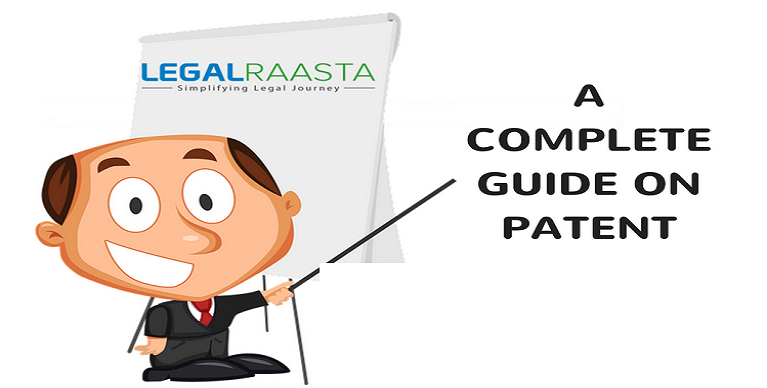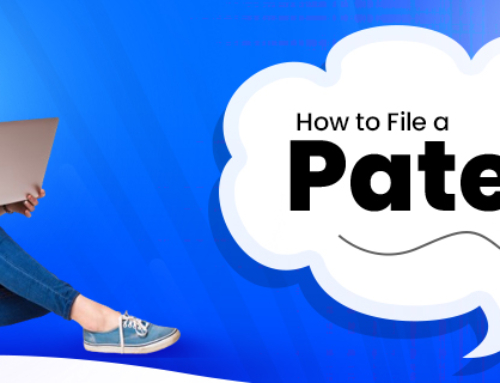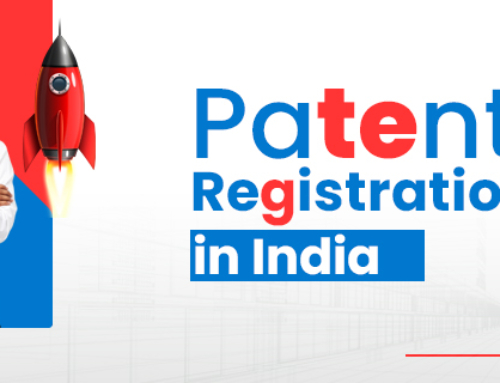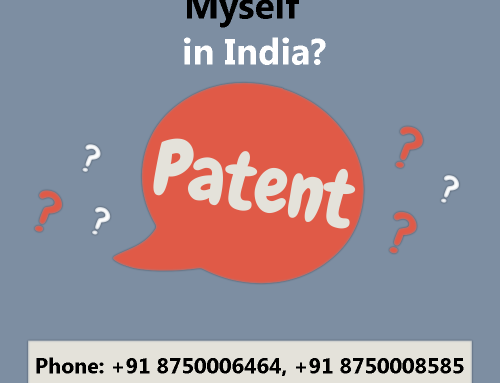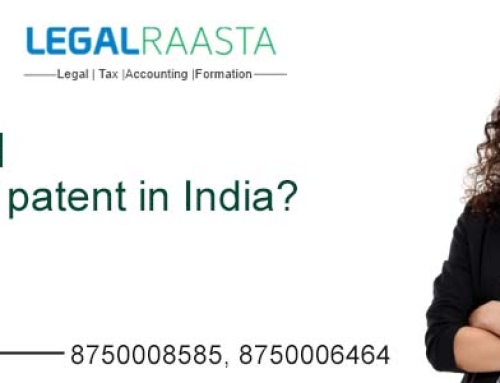If you are reading this article, you would probably know what a patent is after all. However, while we are at the introductions, it would be better if we set the record straight. A patent is a set of rights granted by a sovereign state to an assignee or inventor for a limited period of time in exchange for detailed disclosure of the invention in the public domain. An invention can be a solution to a specific technological problem or a completely new product in the market on which the inventor aims to have a monopoly for a certain period of time as an “I made it first” technique. Considering an example, we all know that the Wright Brothers implemented the airplane. However, they were not the only ones out there who were busy making air travel a reality. But they made it first, secured the patent and earned a lot in the process because they were the only people who could make that product for a period of 8 years, the time for which their patent was awarded and this is how patents work.
But then one question arises, “What if I do not secure a patent for my invention”? Fair question, however, the answer may not be too favorable. Suppose, you make a brand new invention that would transform the entire scene in a particular technological sphere. However, you do not patent it, in that case, you do not have a monopoly to prepare that product. Another company can copy your model and prepare a product based on your research and benefit from it more than you can. Another possible result might be that some company might come to know that the product does not have a patent on anyone’s name and can patent it in its name and create a monopoly out of your invention and you lose your claim over that product. So, it can be said that a patent is an intellectual property for which monopoly is designated by the law.
Now that we know about the need of a patent, we need to know how anyone can secure a patent. First things first, the procedure of granting patents and the extent of exclusive rights vary widely between countries with regards to international agreements and national laws. A patent may make many claims, each of which defines a specific right to the property. These claims must meet relevant patentability requirements such as usefulness, non-obviousness, and novelty. The exclusive right that is granted to a patentee prevents others from commercially using, selling, distributing, importing or making a patented invention without permission of the person in whose name the patent is registered.
Broadly considering, there are 3 steps that must be carried out while applying for a patent. The first of them is ‘assessing the prospects’ of your patent. Before applying for a patent, you must make sure if your idea is available for the patent. Abstract ideas, inventions, natural phenomenon etc. which have no utility, however, if you suggest a way to combat faults, you may be eligible for a patent. The next step is to find your patent category. There are 3 different types of patents that are offered by the Indian Patent office, which includes utility patent, design patent and plant patents. Find out which one you’re your invention best suits. The next idea is to make sure that your idea has not been patented already because if it is, then it is not justified to waste your resources on something that has been already fabricated.
The next broad step is the ‘preparation for filing a patent’. The best way is to find professional help because a person who is well versed with the legal aspect of the filings ought to help you better. However, you can also use government fed patent assistance. This will help you get started and of course, the services are free but you would need to schedule an appointment. The next step is to determine what kind of an application do you want to file, which will be made aware to you by the state or the legal expert. Next, is fill out the forms, include any specific drawings and finally, include an oath.
The next thing on the radar is to file the patent. This is the third and final step. You can either submit your patent application online or by mail. While you send your patent application, also include additional documents like an information disclosure statement and a patent application declaration. Pay the fee for filing and then wait till your patent is approved. However, if it is not, you can always reach out to the board of patent filing in the country you are applying for a patent.

